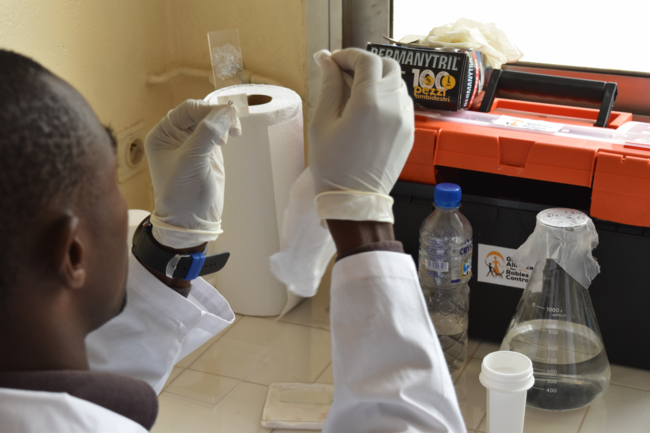Rabies Case Surveillance (RCS) tool

What is the RCS?
The Rabies Case Surveillance (RCS) is a data visualization and mapping tool for rabies case data in both animals and humans. The RCS works with data generated through rabies diagnosis (whether clinical, in-field or laboratory diagnosis) to deliver real-time outputs for immediate action. By using the RCS in areas where laboratory diagnosis is not possible, the system can automatically determine whether the clinical cases in animals or humans are “Probable” or “Suspect” cases of rabies, resulting in community-level case detection and reporting.
In areas where laboratory capacity is available, positive and negative results can be entered directly into the system. Probable and suspect cases can also be updated when diagnosed in the laboratory, meaning that in-field screening can be done with laboratory confirmation later.
Who is the RCS for?
The RCS is for laboratory staff; animal health professionals; community health professionals. All the results from the RCS (probable, suspect, confirmed, not rabies) are automatically mapped in real time to help identify rabies hotspots and outbreaks.
Why should I use the RCS?
The RCS provides real-time data analyses and is easy to use. It requires little training to get started.
What are the benefits of using the RCS?
It will help you to:
- Capture clinical case information and automatically classify it as suspect or probable where laboratory diagnosis is not possible.
- Quickly and easily visualize your animal and human rabies surveillance data.
- Identify rabies hotspots, outbreaks, and high-risk areas.
- Plan strategic and effective targeted dog vaccination campaigns.
- Manage rabies sample data in your laboratory.
- Implement a national rabies database across all laboratories in the country.

What data does the RCS capture?
Positive and negative rabies diagnostic data including:
- Precise GPS coordinates
- Species
- Date
- Laboratory diagnostic outcome
- Laboratory sample number
- Field sample number
- Additional comments
Clinical diagnostic data including:
- Precise GPS coordinates
- Species
- Date
- Clinical diagnostic outcome
- Additional comments
What are the outputs from the RCS?
- Automated clinical diagnostic outcomes based on data inputted
- Maps
- Graphs
- Tables
- Searchable sample database
All outputs are automatically generated and updated by the tool. Therefore, there is no need for GIS experts, epidemiologists, or people with advanced computer skills or expensive software.
How did other users benefit from using the GARC Data Platform?
How does the map for the RCS look?